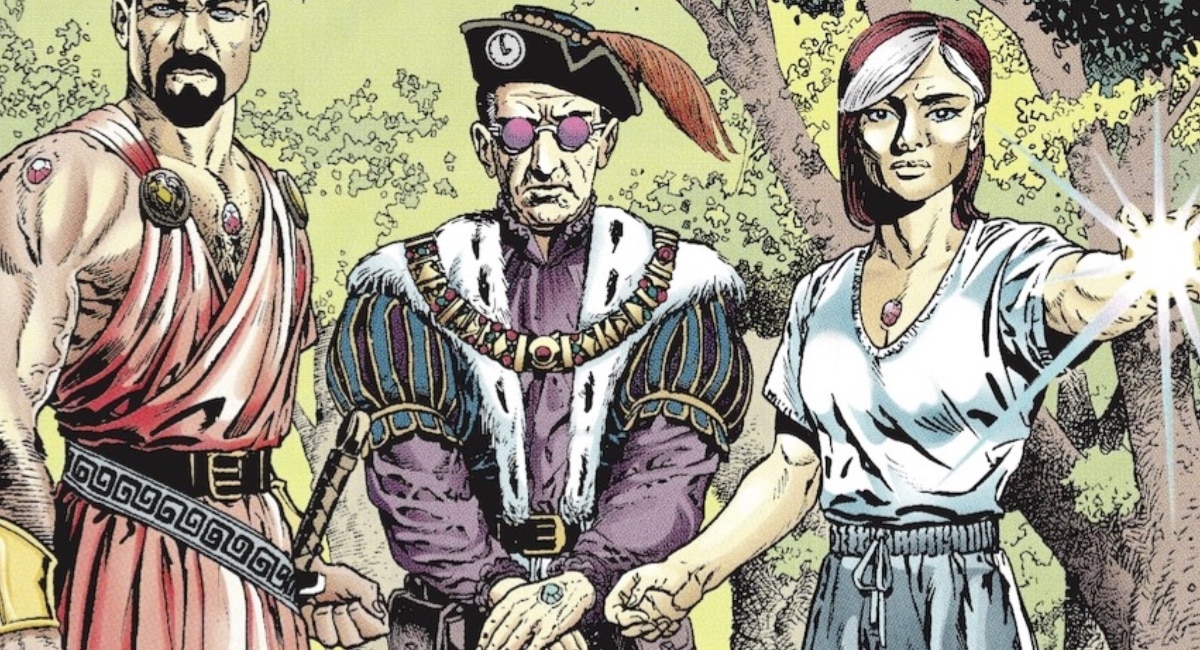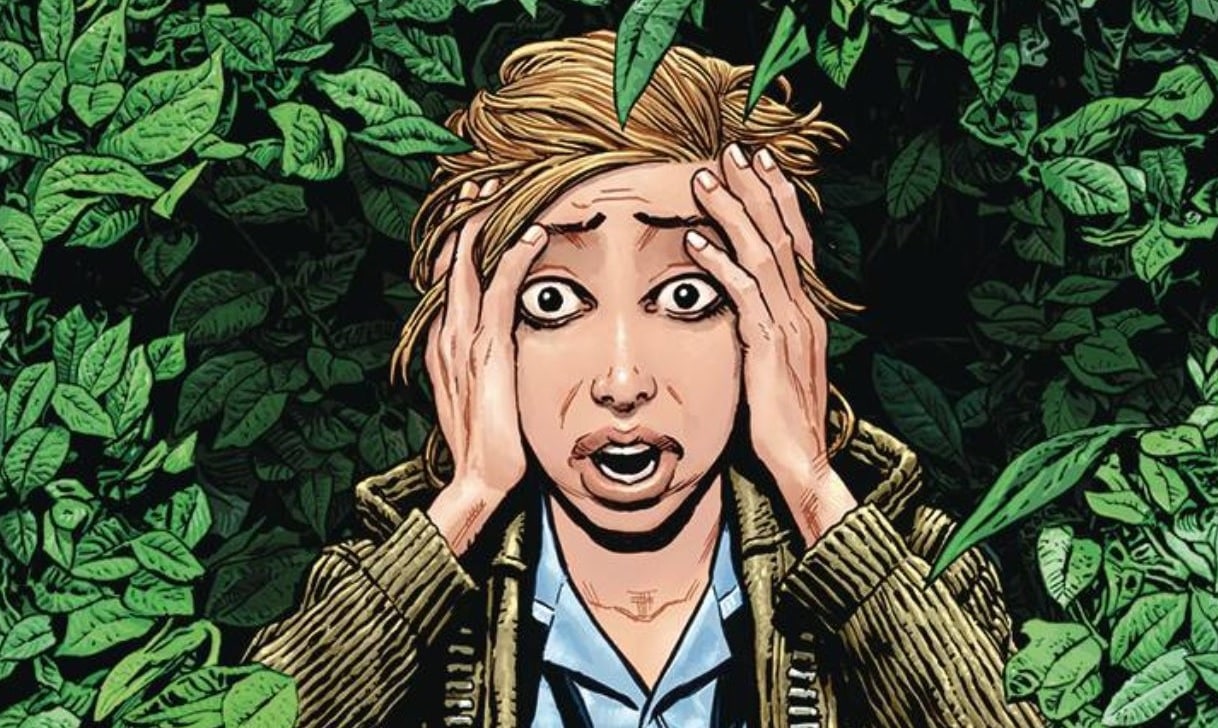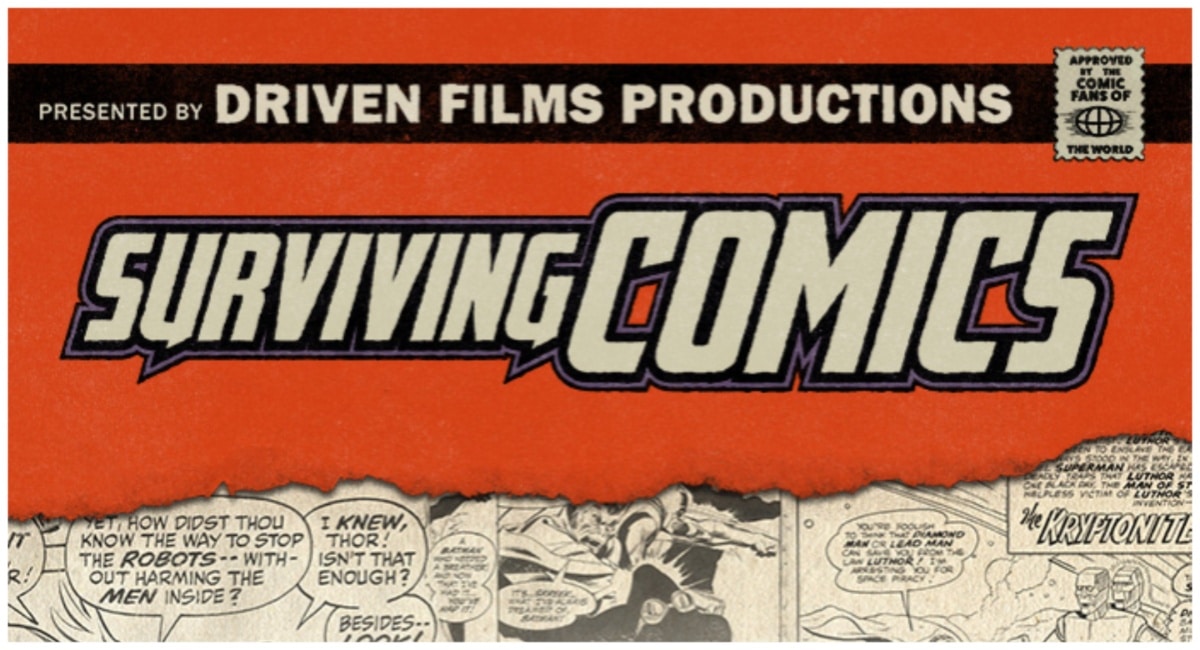By Rebecca Oliver Kaplan and Avery Kaplan
Today, a deluxe hardcover edition of Time Breakers, written by the late Rachel Pollack and illustrated by Chris Weston, arrives on Zoop. The five-issue limited series is about the exploits of a group of time travelers and was first published in 1997 under the short-lived DC Comics imprint Helix. But, now that rights have reverted back to Weston, he “is putting out the hardcover collection he always wanted to see the title displayed in,” according to the official press release. “This new edition will collect the whole story with a new cover and add a selection of pages rescanned from the original art.”
The campaign launched on Zoop on Tuesday, March 5th, and is dedicated to the memory of Rachel Pollack.
Before the campaign’s launch, The Beat staff editors Avery and Rebecca Oliver caught up with Weston over e-mail to discuss the re-release of Time Breakers, what the heck the DC Comics’ Helix imprint was anyway, juicy tidbits about Michael Keaton‘s bat-suit, his almost time working on Akira, and more! Read on intrepid time travelers.
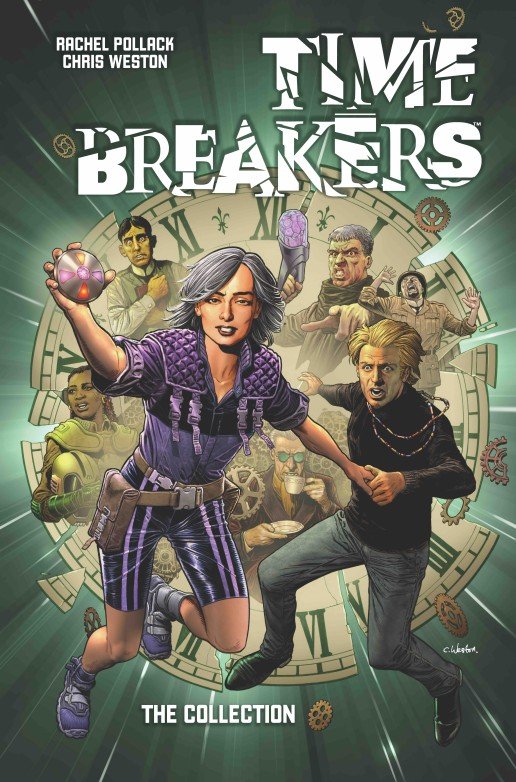
ROK & AVERY KAPLAN: Younger comic fans may not know what Helix Comics is. So, can you tell us more about the history of this book—from the original run to how it wound up on Zoop?
CHRIS WESTON: Helix was a short-lived imprint of DC Comics in the 90s that was entirely devoted to science fiction stories. It was inspired by the success of Vertigo and the ongoing popularity of sci-fi in popular media. Stuart Moore was the commissioning editor and he approached me to draw Time Breakers, a five-part series about time-travel written by Rachel Pollack. Rachel was just wrapping up a two-year run on Doom Patrol at the time. It took me about a year to draw. It seemed to slip under the radar somewhat, but I can remember Mark Waid running up to me at a San Diego Comic-Con and telling me how much he loved it. That was nice of him!
KAPLAN: How did Time Breakers break the Helix Comics mold?
WESTON: I’m not sure! I didn’t read the other Helix books. I’d not made it onto DC’s comps list by that point. The only one I remember seeing was Gemini Blood by Tommy Lee Edwards, and I remember thinking his art was great.
KAPLAN: How did Time Breakers break time travel tropes?
WESTON: Up to then, many time travel stories have included the dire consequences of creating “time paradoxes.” For example, if you go back in time and kill your grandfather before he had children, you would never have been born. So, how could you go back in time and kill your grandfather if you hadn’t been born? Famous examples include Ray Bradbury‘s A Sound of Thunder and the Back To The Future films. Disrupting the accepted course of history is often portrayed as a villainous act, and there are several notable stories about heroic Time Police organizations who try to prevent such temporal upset. Time Breakers took a different approach: What if deliberately creating paradoxes was a noble deed and the very existence of the universe relied upon it? What if it was the bad guys who were trying to protect the timeline from interference? At the time, it was a very anarchic and subversive idea; the kind that really appealed to me.
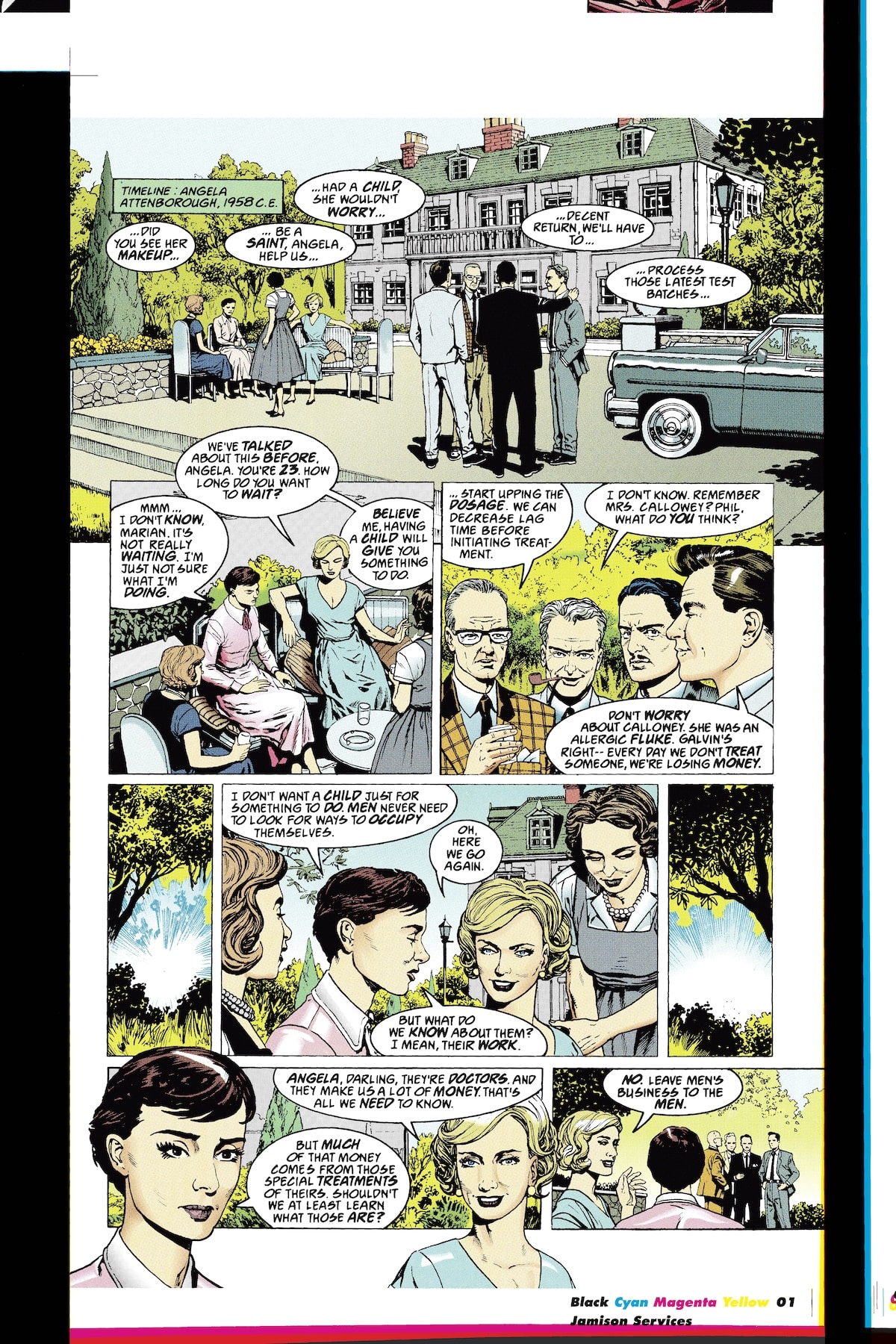
KAPLAN: Do you have a favorite time travel paradox (or threatened paradox) from popular media?
WESTON: I’ve always been a fan of Tharg’s Time Twisters: short stories about time-travel that ran in 2000AD weekly in the 1980s. Some of the best were written by Alan Moore and drawn by Dave Gibbons years before they created Watchmen together. My favorite of theirs was a strip called Chrono-Cops, which is a spoof of Dragnet but with tons of time-travel gags thrown in. It’s hilarious.
KAPLAN: What was your collaboration process with Rachel Pollack on the original run?
WESTON: It sounds boring, but we had very little collaboration. I think we only had one telephone call together during our time on the strip. I think most of the scripts were already written, so it was just left for me to sit at my drawing board and turn them into pictures. I was inspired by Jim Holdaway‘s art at the time. Unfortunately, I got too inspired, perhaps; I’d made the lead character, Angela Attenborough, look almost identical to Jim’s version of Modesty Blaise. Stuart Moore, the editor, fearing we might get sued, asked me to change her hairstyle in every panel. Ultimately, she ended up looking more like Audrey Hepburn.
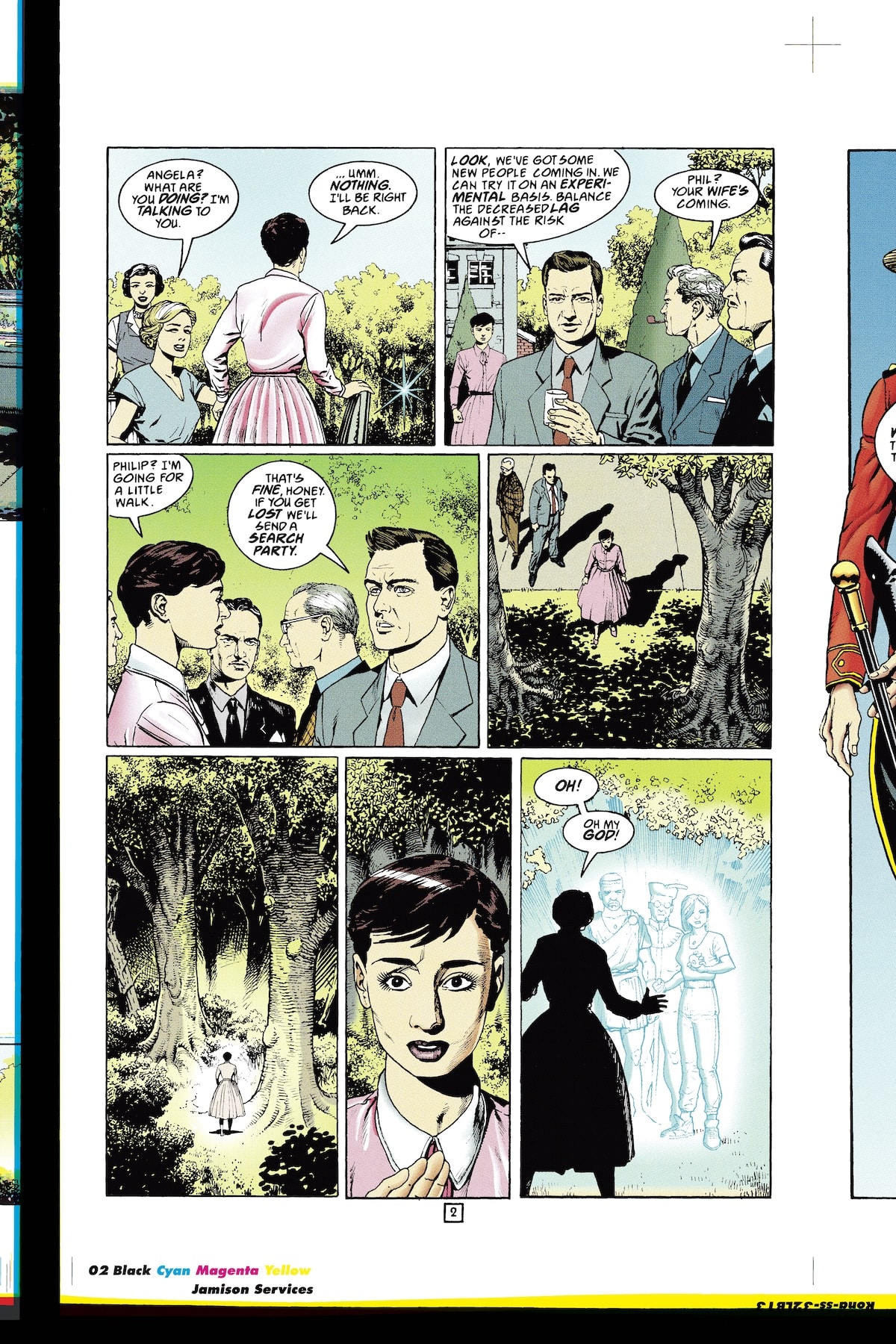
KAPLAN: How does the reprint differ from the original title? Will there be previously unseen work from you or Pollack included?
WESTON: Very little. It’s the exact same story reprinted from the original art files. But it’s the first time all five issues have been collected together in an English language edition (an Italian edition came out in 2017). There’ll be a gallery of pages in the back which presents new scans of my favorite pages in glorious black and white.
KAPLAN: What goodies can backers expect?
WESTON: I’ve created a brand new “bookplate” to accompany this edition. I’ve also agreed to do some remarqued copies.
KAPLAN: Is there something you can tell us about the canceled Akira project that fans would be excited to know?
WESTON: Oh boy, that was a long time ago! Back in 2009, I think. What can I say that won’t get me into trouble? The story was intended to be split over two films, much like the recent Dune movies. The first film covered the first three books of the manga series. That meant, narratively, it was going to be a lot more faithful to the comic than the animated movie. That also obviously meant the first film ended with the destruction of the city by the reawakened Akira. It would have been quite a brave move because that’s a very bleak ending for the first film in a new series. An enormous cliffhanger! The second film would have covered Books 4-6.
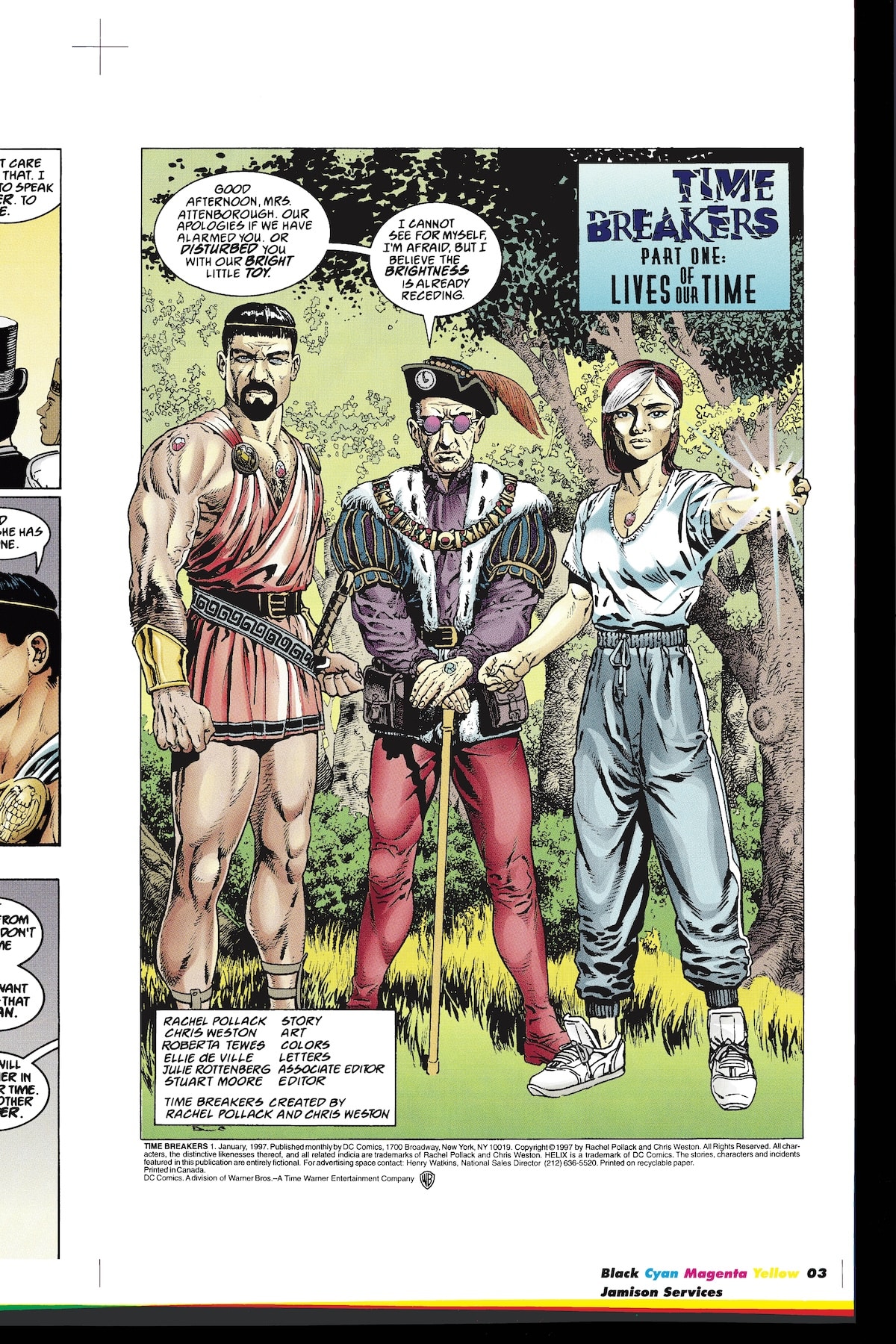
KAPLAN: I know little about creature design in Star Wars (as opposed to Star Trek). When designing alien creatures, such as the Caretakers, what are the processes, and what are some design considerations? (See Weston’s work here.)
WESTON: On The Last Jedi, I was based in the costume design department under legendary costume designer Michael Kaplan (who’d begun his career on Blade Runner). I’d been allocated most of the alien characters to design costumes for. That meant spending much time talking to the gang in the Creature Workshop. This was my favorite part of the job, as the Creature Workshop was a hive of creativity and fun. There were so many talented people in there: designers, sculptors, animatronic experts. Seeing all the aliens and monsters come to life was fascinating.
Jake Lunt Davies dreamed up the look of the Caretakers and originally they were going to play a bigger part in the story. There was a whole village of them that you can only see in the deleted scenes on the DVD.
I was given the job of taking Jake’s initial Caretaker design and building a whole society for these creatures. Every drawing I did featured some kind of activity they could be involved in: sweeping the flagstones, fishing, preparing food, catching prey, etc. It was so much fun, and I think my Caretaker drawings probably saved my arse on that project. Up until then, I’d had a very low hit rate when it came to satisfying my bosses. Luckily the director, Rian Johnson, went nuts over my Caretaker drawings and my position was secured for the rest of the film.
KAPLAN: You designed Micheal Keaton’s Bat-suit for The Flash. What was that creative process like? How heavily did you rely on Tim Burton’s designs for the movies?
WESTON: Oh, this was the big one for me. Getting to design a Bat-costume is like getting to play for Man United. When I got the call from the head of the costume designer, Alexandra Byrne, I literally danced around my studio in glee! A Bat-dance, no less! I was so excited; Michael Keaton was MY Batman, and I couldn’t believe how lucky I was to get the chance to create a new outfit for him. I remember first saying to Ms. Byrne: “I want to bring back the yellow oval!” That got immediate approval.
Interestingly, they wanted a whole load of variant Batman costumes from various points in his career. So, I went about drawing up a whole load of potential designs. They were initially pretty wild and uniformly rejected. Finally, I drew a Golden Age-style image where Batman was wearing a pair of shoulder holsters. This sparked some interest, and I was told to develop this into a costume that Batman might have worn BEFORE the events of “Batman ’89”. I remember asking nervously: “Can lean into Adam West?” and to my delight, they said, “Absolutely!”
After that, I had to evolve the costume we last saw Keaton wearing in Batman Returns into the suit he’d wear in The Flash. This was a very tricky task; I must have drawn hundreds of variations. Some of my ideas made it into the final costume, like the twin capsules on his belt, but I think my designs were handed over to others to refine. I call that a half-win.
This took place during the COVID-19 lockdown, so all the work was done from my studio in Eastbourne. I never got to visit the set or meet any of the crew. More annoyingly, I never got a credit on the film. It was explained to me I hadn’t been on the project long enough to merit one, but I was still disappointed. However, Jim Lee personally gave me permission to show off some of my designs, which was very generous of him.
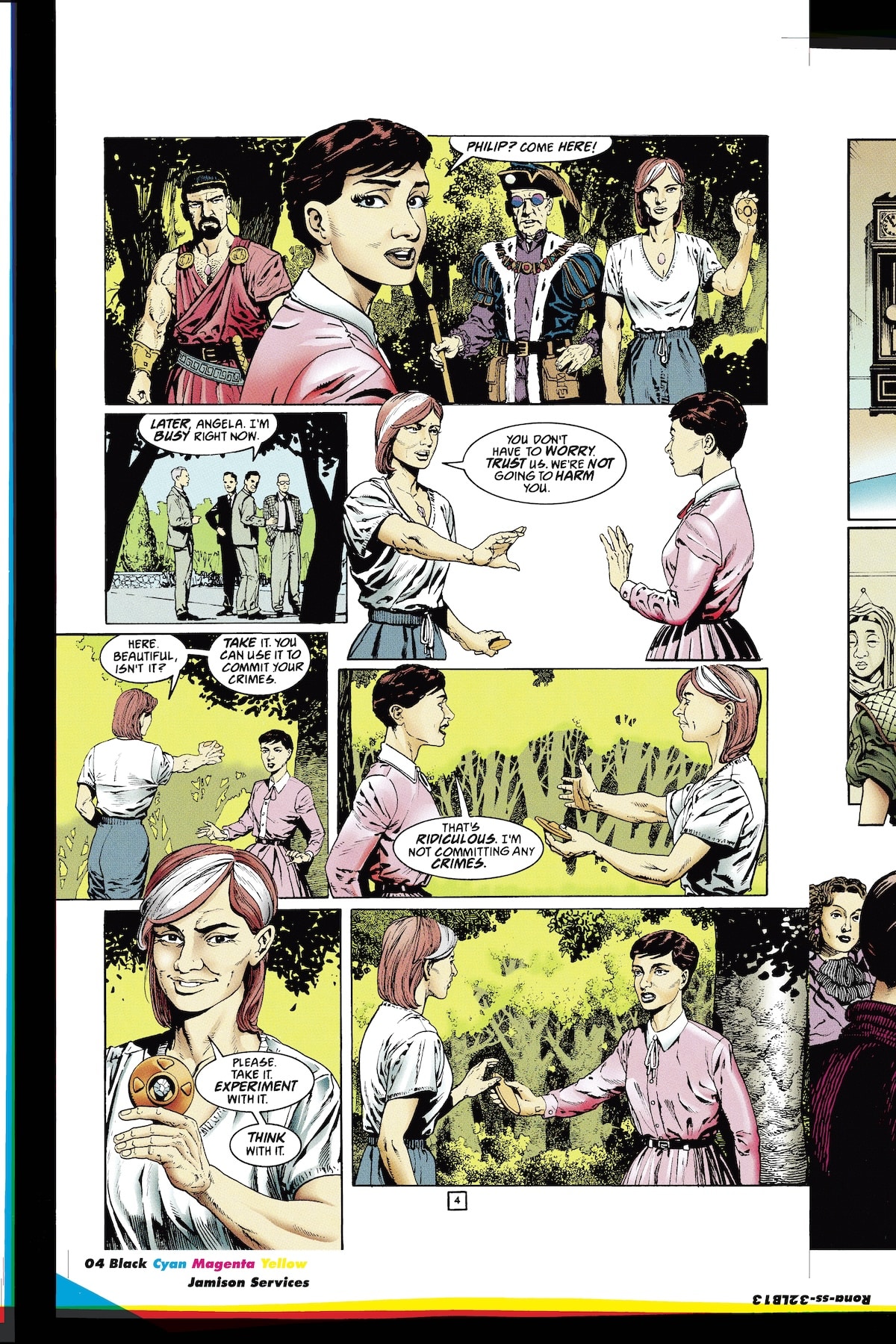
KAPLAN: Why did you choose to crowdfund with Zoop?
WESTON: I’d had several offers from comic book companies to reprint Time Breakers, but I usually found some clause in the contract that didn’t appeal to me. I’m very fussy! Eventually, I realized I’d be happy about it only if I did it myself. One of the guys at Dynamite Comics introduced me to Zoop, and so began a long courtship. I was initially extremely reluctant to commit as I’m quite nervous about the whole “crowdfunding” model. I’ve witnessed the campaigns of others that have ended in disaster and did not want to be part of something that might lead to making my readers feel angry and ripped off. But I’ve heard nothing but great things about Zoop’s work, so I eventually signed on the dotted line with them. I’m not a natural risk-taker, so I am proceeding with great caution! Hopefully, this is the beginning of a great relationship.
KAPLAN: Is there anything else you would like to add?
WESTON: I’ve got a new creator-owned series coming out from Dark Horse soon. It’s a very big-name writer so I’m quite exited! It should be announced imminently!
Time Breakers is now crowdfunding on Zoop!


